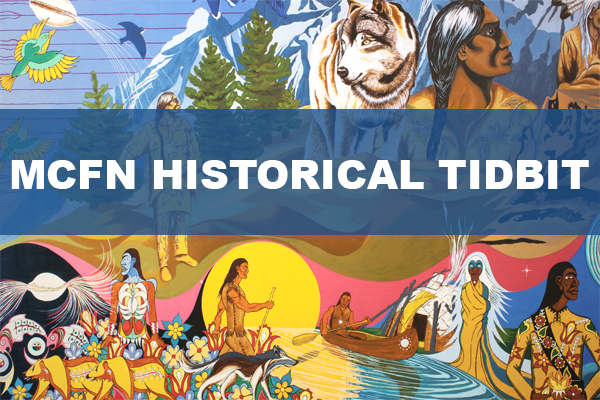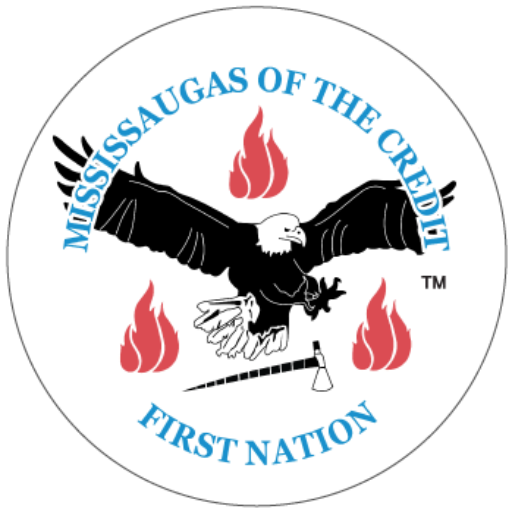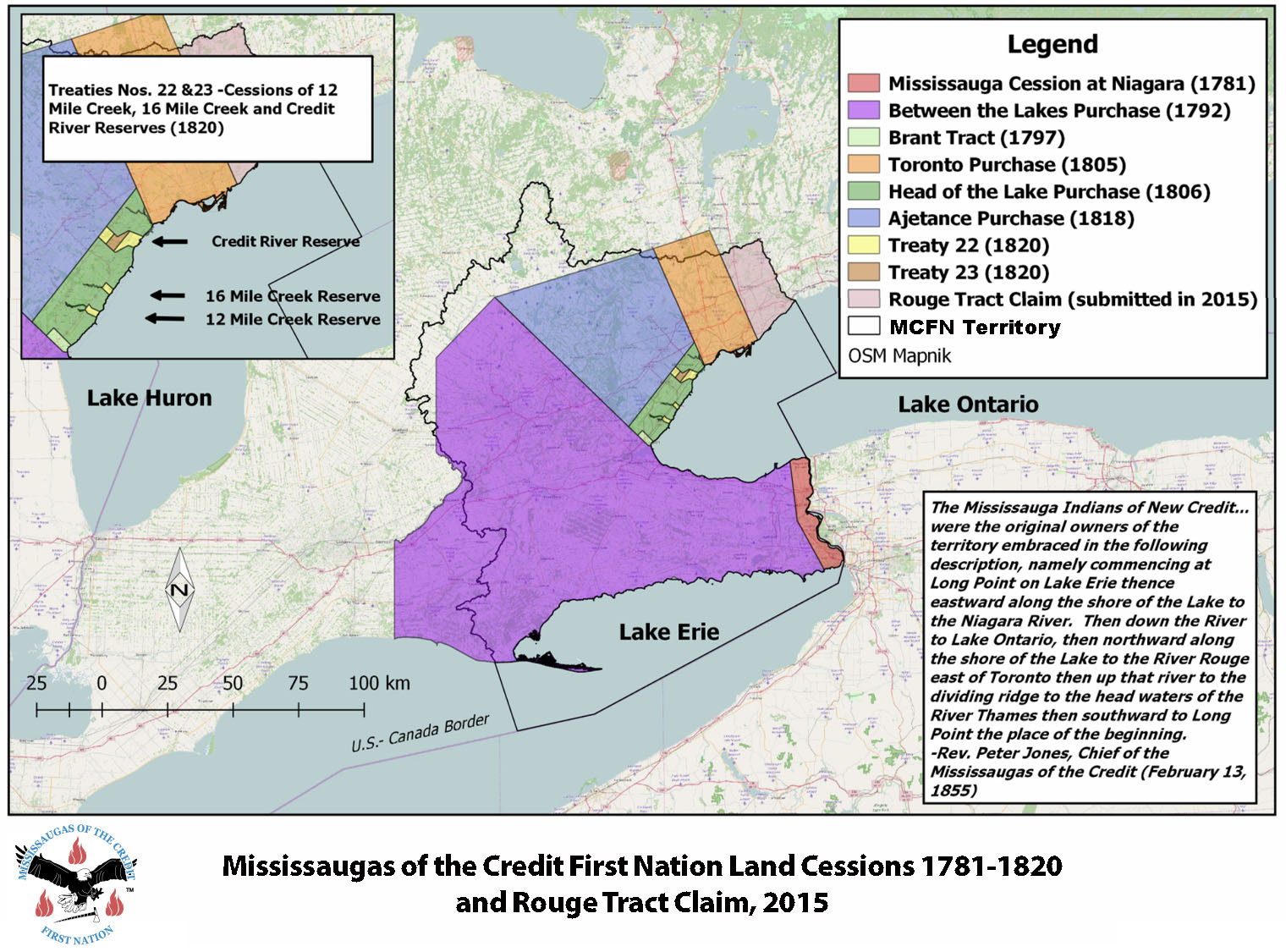Historical Tidbit – December 2019
Posted on January 9, 2020

by Darin Wybenga
Last month’s Historical Tidbit, used John Laforme’s own words to tell the story of his marriage to Betsey Walker and the establishment of the Laforme family among the Mississaugas of the Credit River. This month’s tidbit will focus on John’s brother, Stephen Laforme.
Unlike John, we know very little of Stephen’s early life and how he came to live among the Mississaugas at the Credit River; even his birthdate is a matter of speculation with some census records indicating he was born as early as 1811 and others as late in 1819. It is known, however, that he married Nancy Herkimer on December 17, 1837 at the Credit River Mission and remained married to her for slightly over 35 years until her death on February 7, 1873. The relationship between Stephen and Nancy saw the birth of four children. Three of the children- Sophia (1840-1897), Sarah Ann (1842-?) and Mariah (1845-?) were born at the “Old” Credit, while a son, Joseph (1851-1925), was born at New Credit.
Captain James McLean, explains how he, Thomas Wood and brothers, John and Stephen Laforme, came to New Credit when the Mississaugas migrated in 1847:
At the time of the surrender of the Old Credit Reserve and when it was decided to move here [New Credit] I asked in Council over which Capt. Anderson presided, what should be done with the four white men who had married Indian women, meaning myself, my son-in-law, Thomas Wood, and the two Frenchmen, John and Stephen Laforme. Shall they remain here[Credit River] or go with the Band? Capt. Anderson said. “Yes. let the boys go with the Band”, and Chief Sawyer [Joseph] , father of the present David Sawyer, and the other Chiefs took me by the hand and arm and said “ we want you to go with us” and it was then unanimously agreed that we should go with the Band, receive lands, become members and share with the rest.
Stephen, along with the other “white men”, was provided with a money grant from the band in the amount of $50 to purchase a yoke of oxen and $150 towards building a house. Stephen took the money, built a frame house and set about farming 50 acres of land on the SE corner of lot 9, Concession 2 of Tuscarora Township.
The first years at New Credit would have been difficult for Stephen and his family. Much of the lands that made up New Credit were in a state of nature when the Mississaugas arrived in May of 1847. Clearing enough land to put crops in the ground and erecting a home would have been a priority for Stephen upon his family’s arrival. His contemporaries described him as an industrious man, and no doubt he worked hard to get his farm in order for the oncoming winter. In fact, everyone within the band had worked hard upon their arrival at their new home. Before eight months had passed, many of the families had cleared between two and four acres of land and had put in a wheat crop. Homes had been built either of log or frame construction- the community had even erected a place of worship which did double duty as a school house.
Despite the proximity of his farm to the New Credit Mission Church and his self-identification as a Wesleyan-Methodist, Stephen struggled to live up to the ideals held by the church going people of the community. The New Credit Mission Book records the ups and downs of Stephen’s religious life. Although never exactly stating what ”great sins” Stephen had committed warranting the admonishment of the church, it was well known that he was no teetotaler and did occasionally drink to excess, but he was not considered a drunkard. Considering Methodism’s aversion to alcoholic beverages, it is not too hard to imagine why Stephen had his ups and downs with the Church.
Stephen outlived his wife by some 18 years and died on 29 March, 1889. His last will and testament left assorted household goods to his three daughters, but left the farm to his only son, Joseph. Sadly, as is often the case, the validity of the will was disputed by one of the children. Unlike daughters Sarah and Mariah who had changed band membership upon marriage to Six Nations husbands and could therefore make no claim to land at New Credit, Stephen’s eldest daughter, Sophia, had retained her band membership and could possess land on the reserve. It was her contention that she had helped to improve her father’s farm and, as such, was entitled to half of the family farm. Initially the Band Council sided with Joseph and respected Stephen’s last wishes recognizing him as the sole legitimate heir to the farm. Sophia appealed the decision before a new Council in 1891 where it was decided that the land should be divided equally between Joseph and Sophia. Eventually, the Indian Agent, Dr. P.E. Jones, sought direction from the Indian Department in Ottawa. The Department ruled that as Stephen Laforme was a “whiteman” he could not legally “will” his farm to anyone. Under the Indian Act, the land belonged to the heirs of Stephens’s wife, Nancy Herkimer, and therefore the land must be divided equally between Joseph and Sophia.
Although the descendants of Stephen Laforme have not as been as prolific on the membership rolls of the First Nation as those of his older brother, John, they too are essential elements in the tapestry that is known as the Mississaugas of the Credit First Nation.

